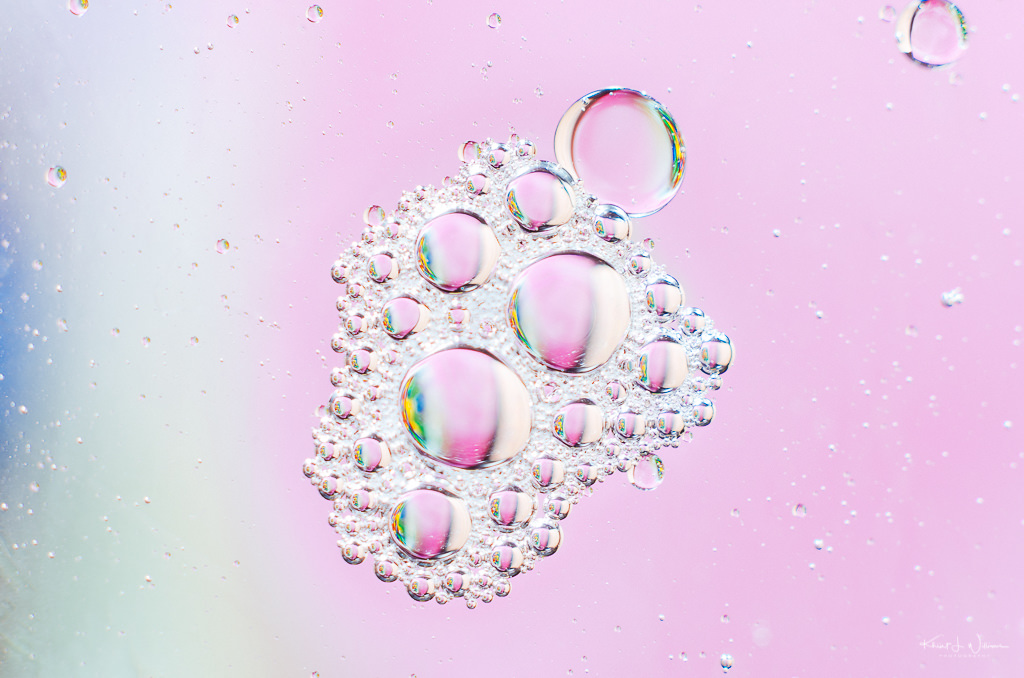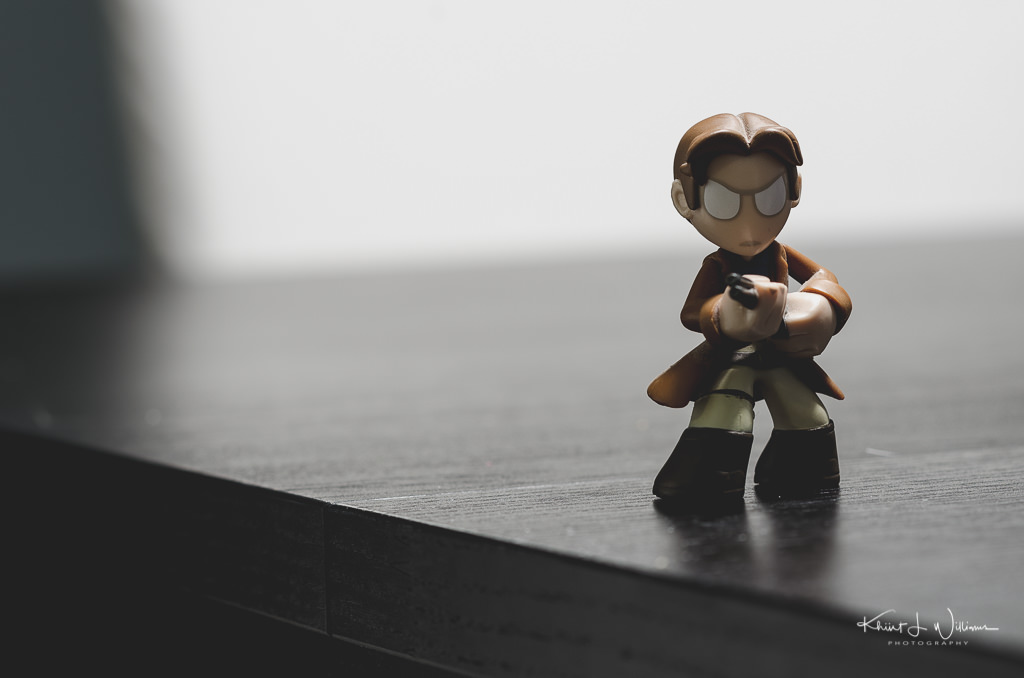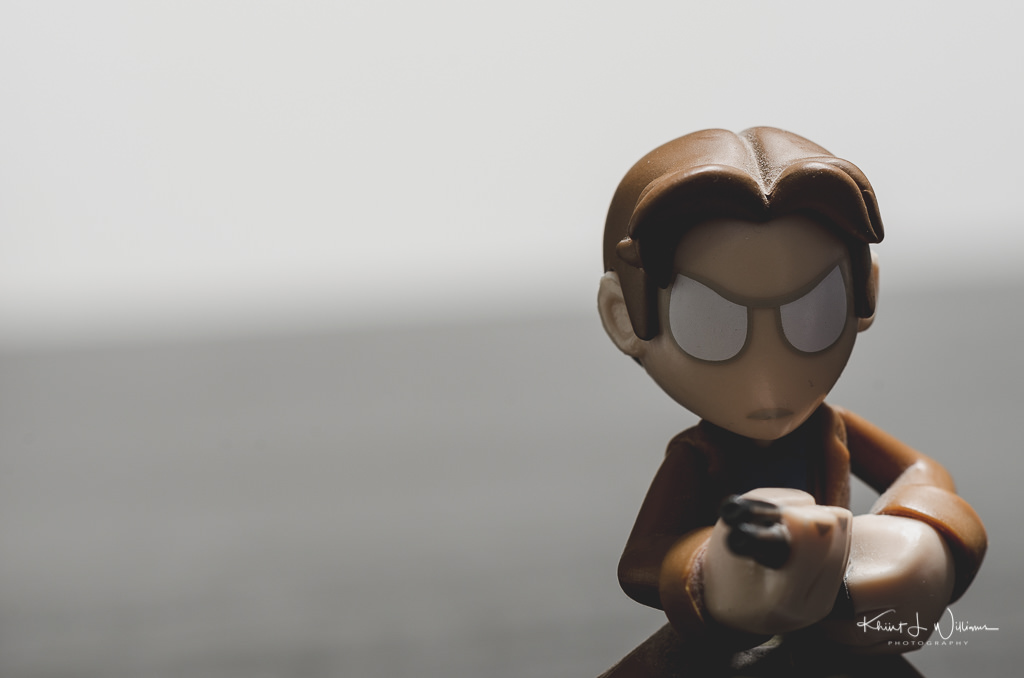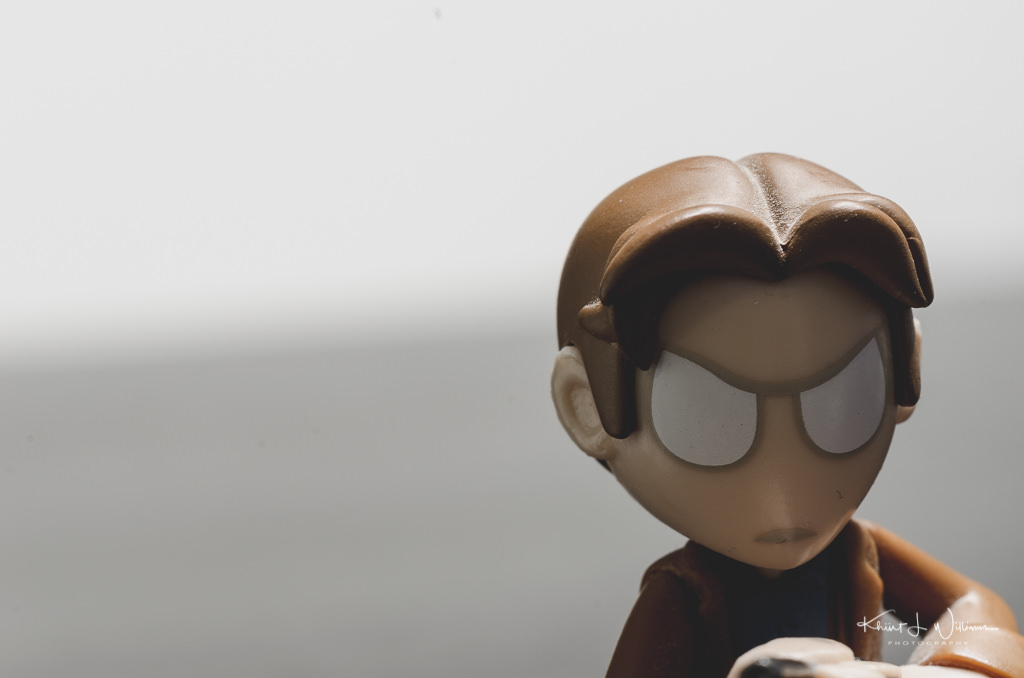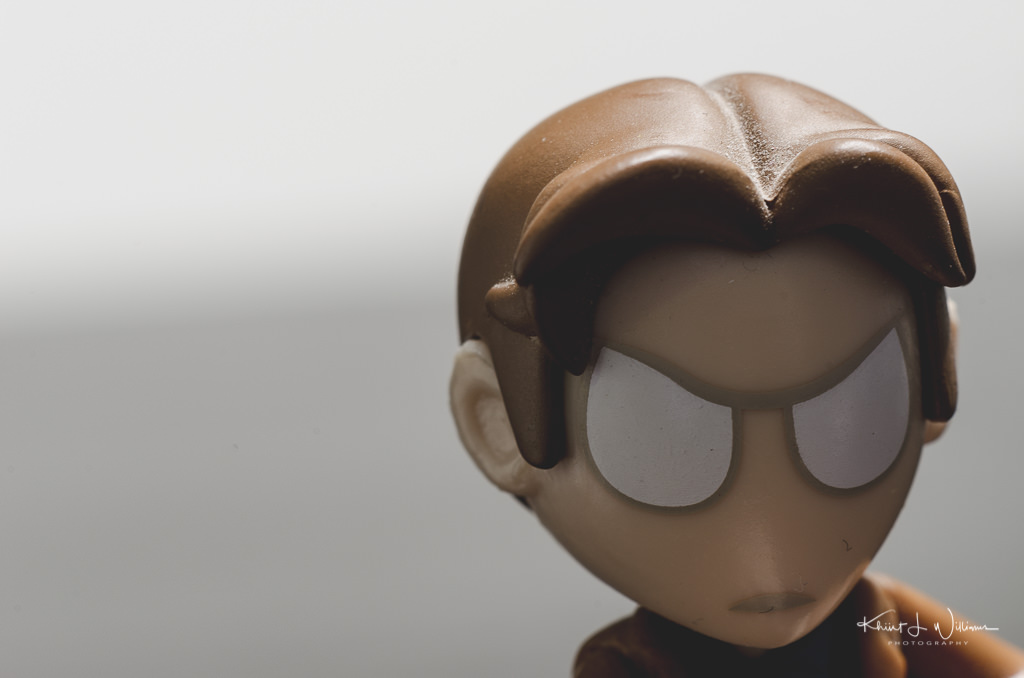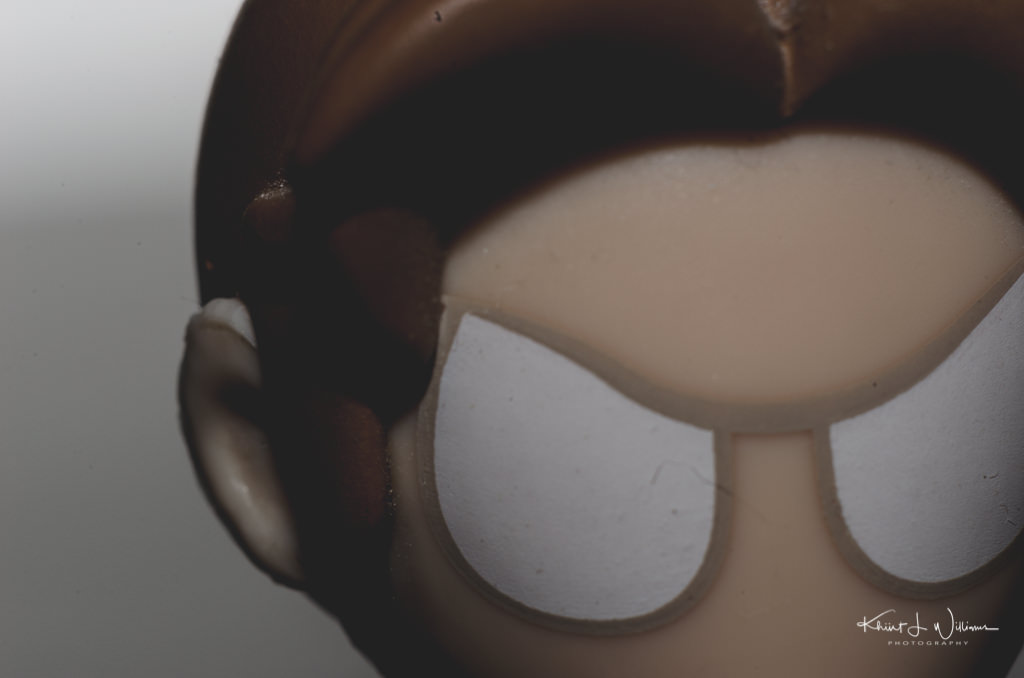The Tuesday Photo Challenge is a weekly theme-based challenge for photographers of all kinds to share both new and old photography. This week's theme is Colour of Love.
Bhavna and I do not celebrate Valentine's Day. From our perspective, it's a "holiday" invented for commercial purposes and has no basis in historical fact. It's no different that American Craft Beer Week or International Coffee Day. It can be fun to celebrate but we feel the original intent has been lost.
We also think it's silly to set aside ONE day in an entire year to express our love. What about the other 364 days?
Men everywhere will be bending over backwards, buying just the right expensive gift and bouquet of flower and planning the most romantic experience they can afford. I said men for a reason. My conversations with some American women have informed my opinion that they believe Valentine's Day (and weddings) is meant for them. They have very definite expectations. The more expensive the gift, the bigger the bouquet, the fancier the restaurant, the more the woman thinks the man loves her.
In the weeks leading up to the day, some American women will discuss what the boyfriend/husband did last year and what they hope he'll do this year. Then the week after, the discussion is about what actually happened and whether it met their expectations. I seldom hear what that woman has planned for their significant other.
Among some office men, the discussion is about what they have planned for their wives and girlfriends. I seldom hear the men discuss what the woman did for them. I sometimes wonder if their loved ones did anything at all. The commercials on television seem to enforce the viewpoint that Valentine's Day is for women.
My preamble was very gender-specific. This is not intentional, but I know very few LGBT people in my personal and professional life, so I can't form an opinion. My experiences and observations inform my opinions of the community around me.
So what is the colour of love? I think that depends on how one defines love. Each of us has our own love language. It’s the actions and words we use when we want to show them our love to others. It’s also the actions and words we want to hear when we want to feel loved by others. For each of us, the actions and word are different, both personal and cultural.
For some people, love is sensual and passionate. I think red is the colour that most closely aligns with that viewpoint. For others, love is placid and calm. The colour blue comes to mind. For some, perhaps people who have been abused or had back luck with love, love is caring but cautious. This could be reflected in the colour yellow. And yet, for people who have had a positive experience with loving relationships, love is gentle, kind, sacrificing and giving. This brings to my mind the colours lavender and purple.
But perhaps love is more like a rainbow, full of all the colours. There are times in a relationship when sensuality and passion play a role. Other times when tranquillity is the order of the day.
I had this great idea of photographing a rainbow this week. But it's winter. So I then thought I'd link the word love to beer and the colour of one of the types of American craft ale that I love; a cloudy, juicy East Coast style. But, I accidentally deleted the photos I took early this afternoon. Sigh. So ... this photo has nothing to do with anything.
This is a 90 image photo stacked macro.
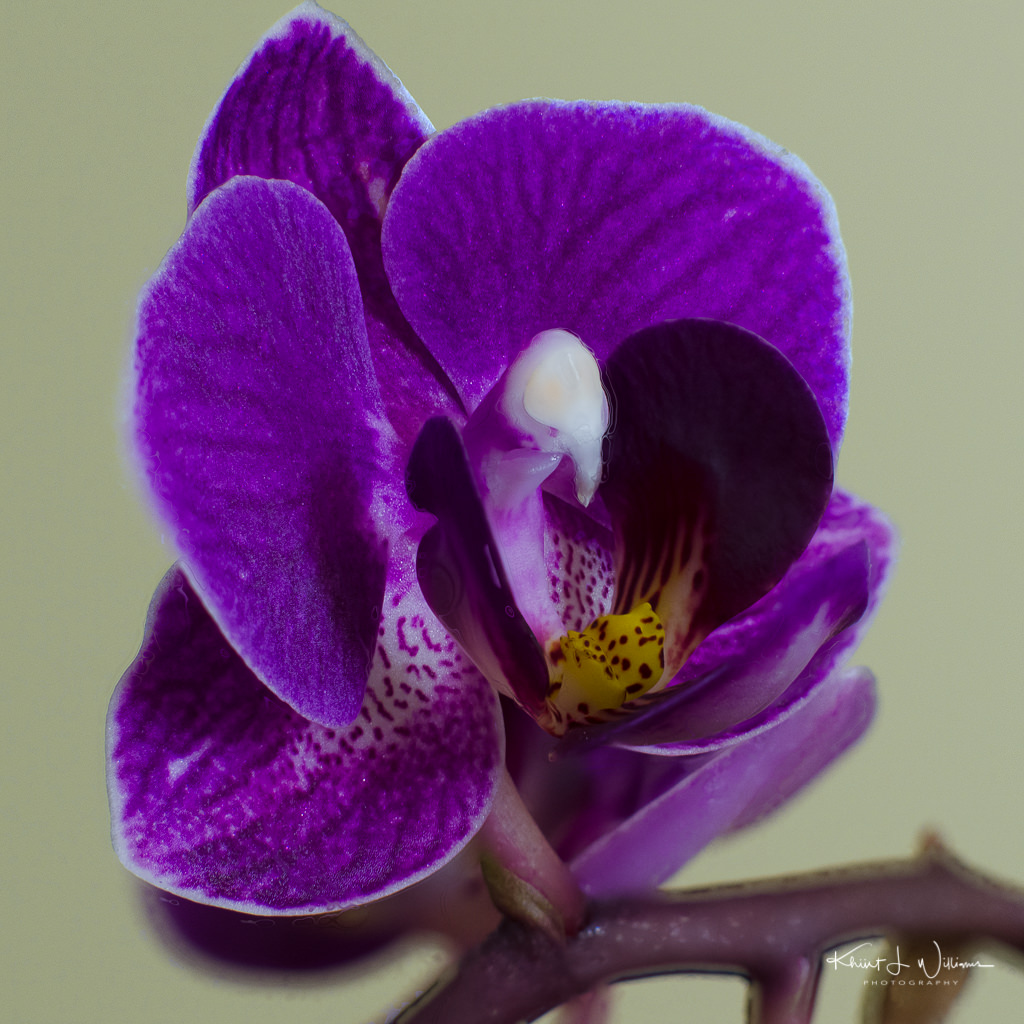
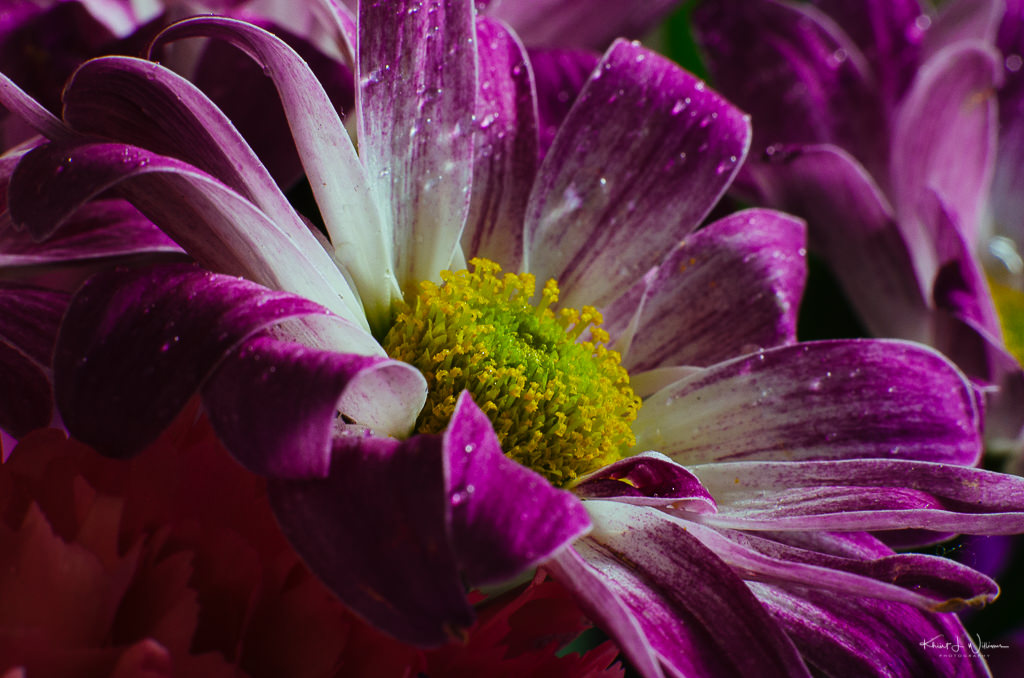
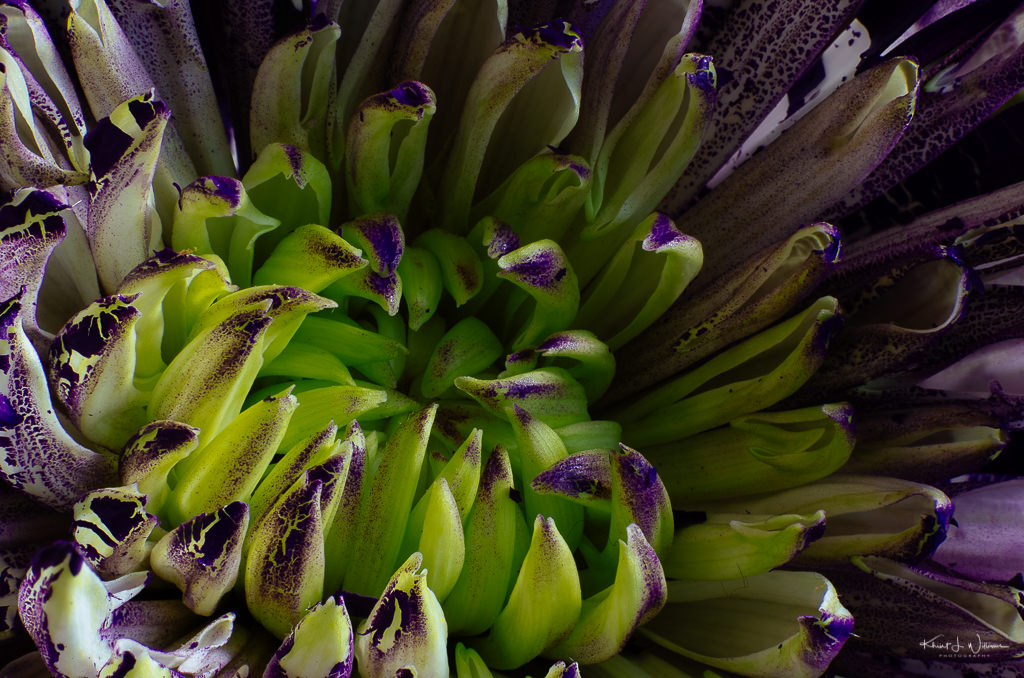 Focus stacked image.
Focus stacked image.